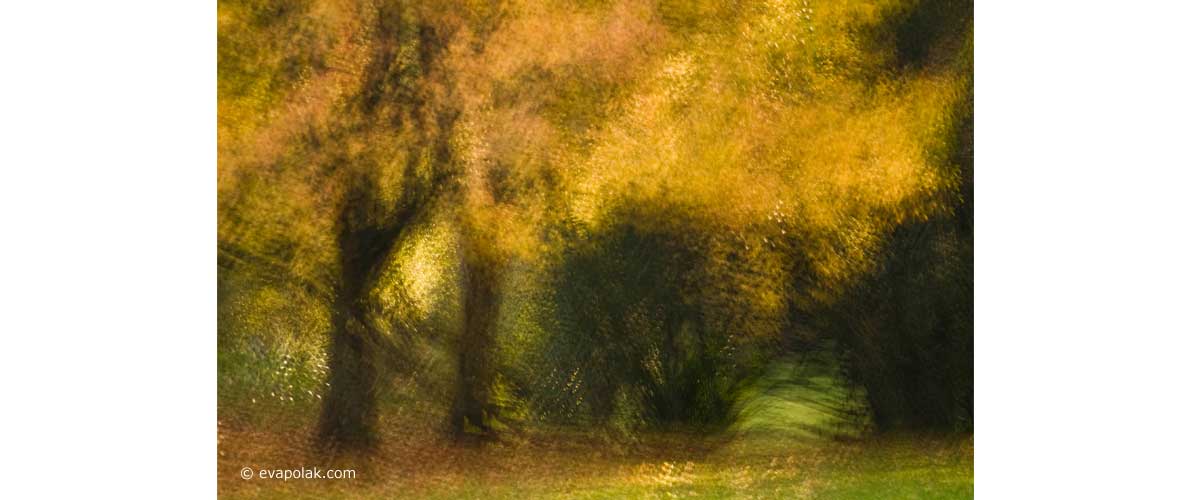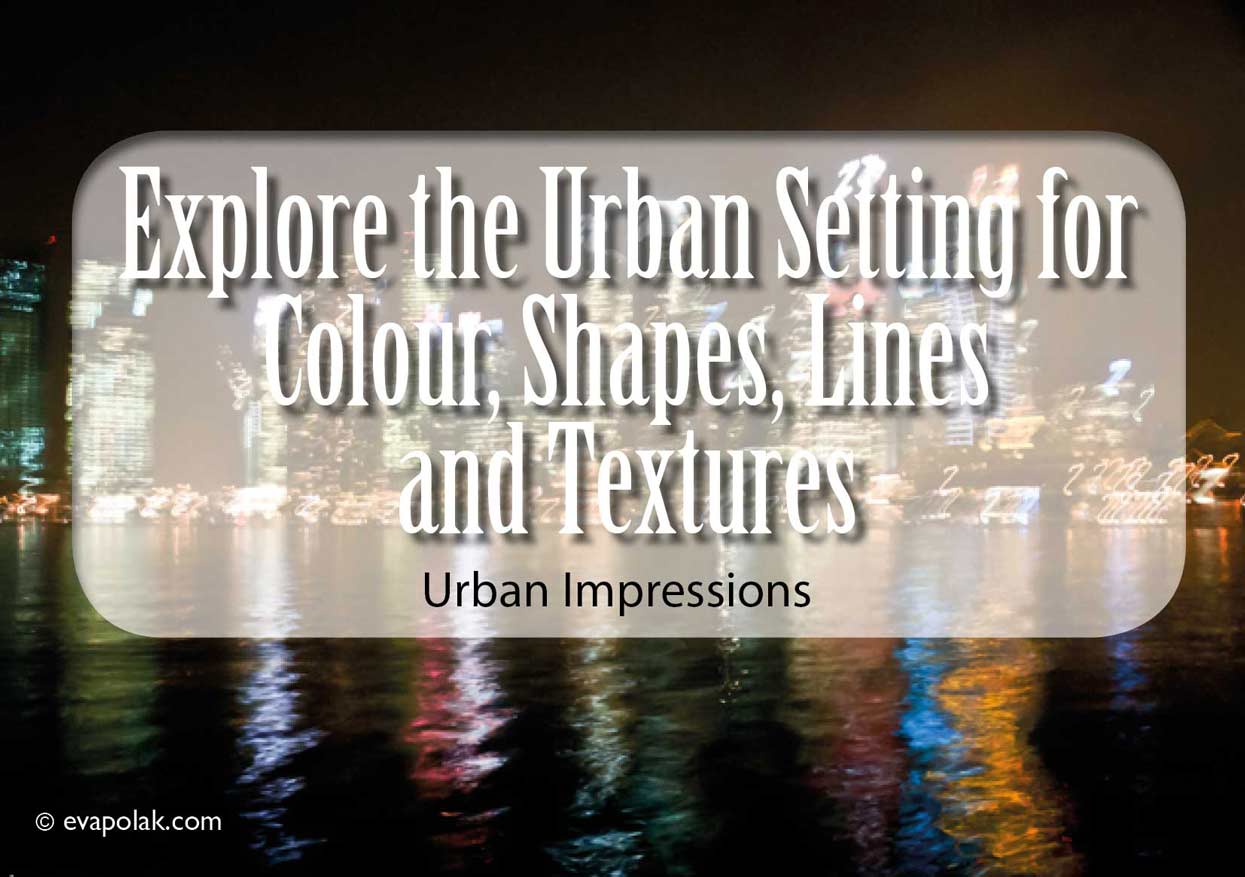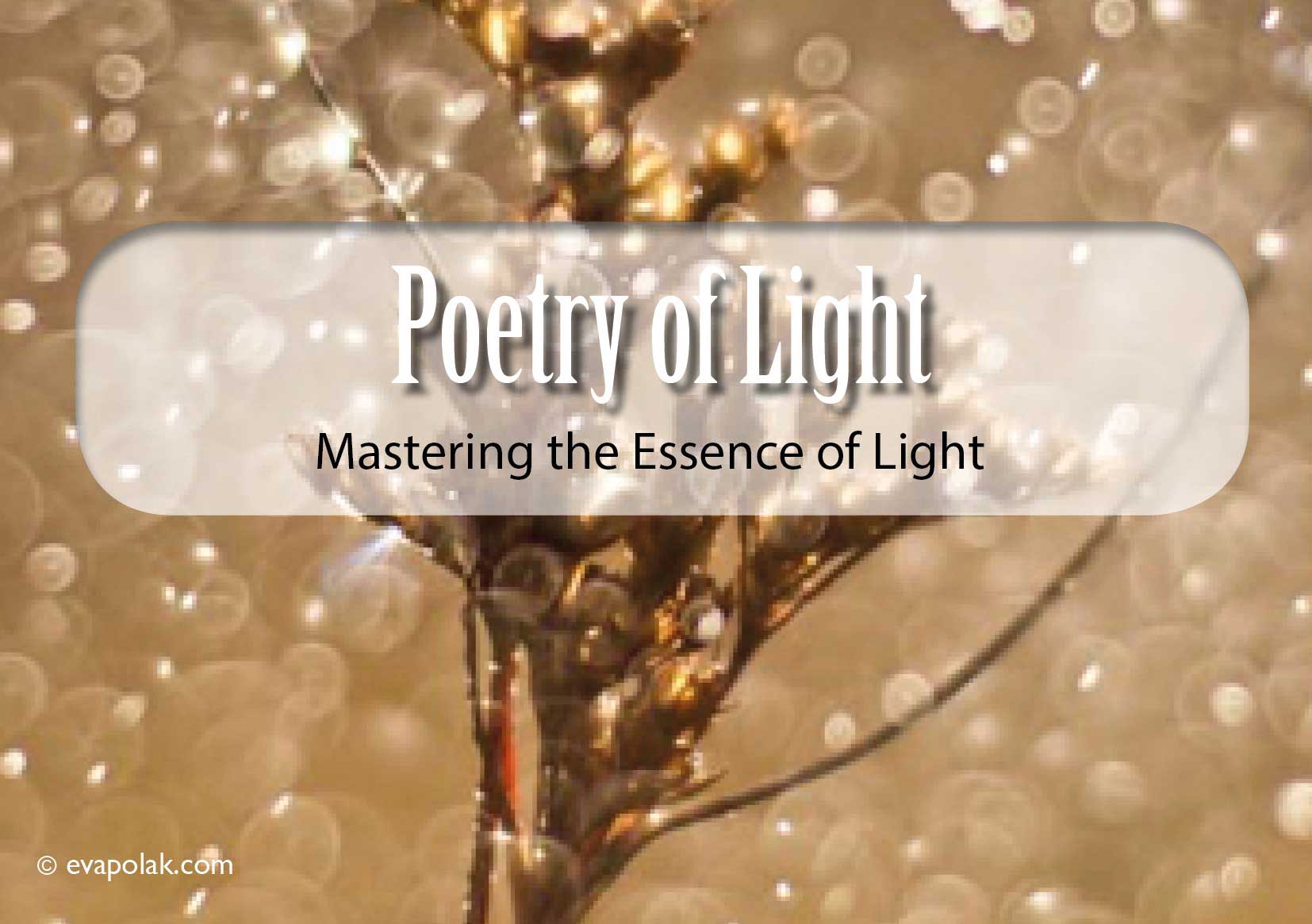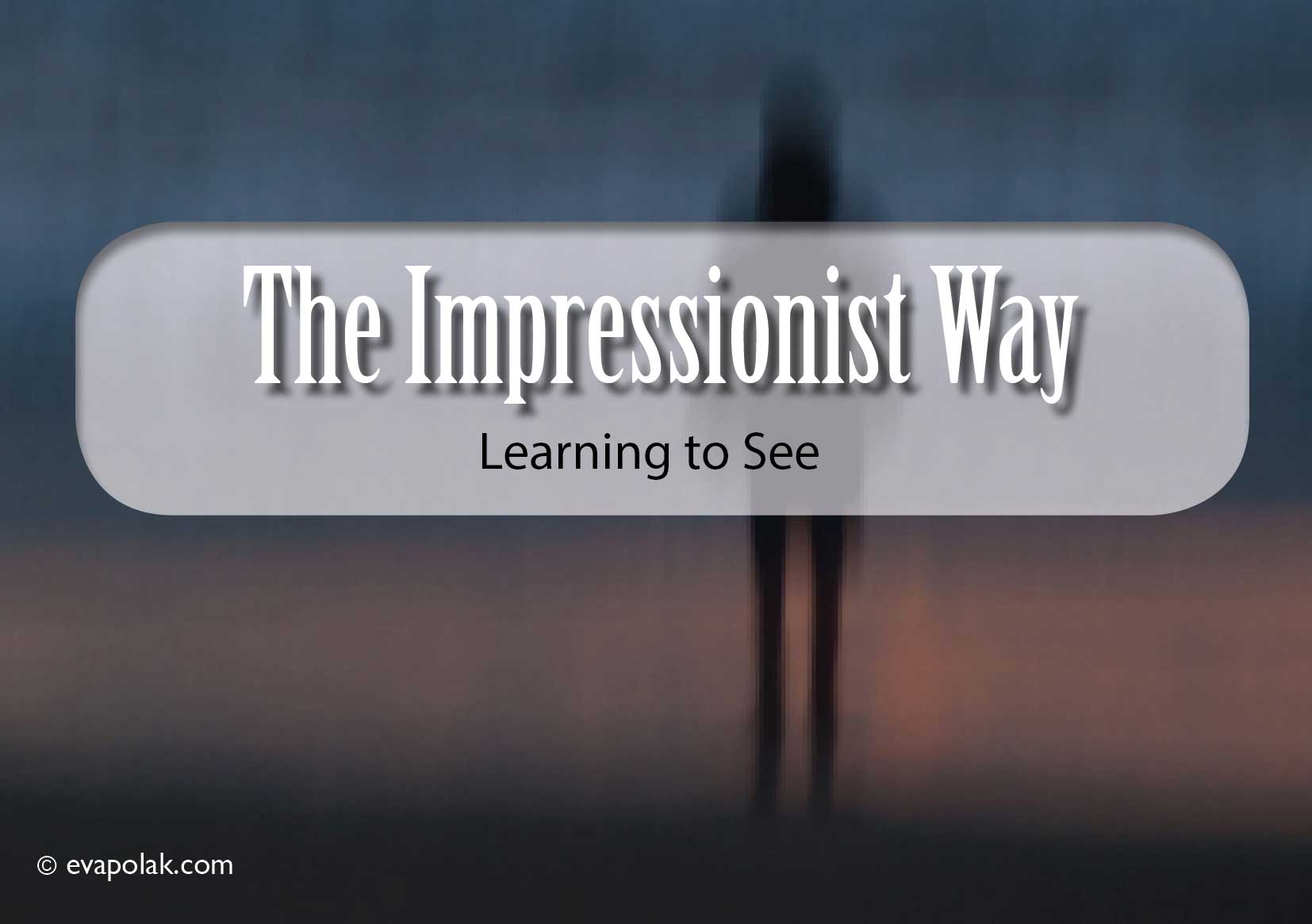Photographs that evoke a mood such as drama, mystery, happiness, solemnness, suspense or calm, usually attract our attention. This is because mood is difficult to pin down and recreate. You can't reach out and touch it like texture, or see it like colour. Mood is a state of mind, an emotional response to the things you see, hear or experience. If you want to capture mood, let your own emotions guide you, so the images you make reflect how you were feeling at the time.
Like every season, autumn has its unique look and atmosphere. It's a time of harvest, change and preparation for winter. The leaves are slowly falling and changing their colour from green to gold to red and to yellow. Mist in the morning is shining through the sunlight.
This really is the perfect time to learn how to capture mood and atmosphere in your images. Most beginning photographers capture atmosphere quite unconsciously, so the goal is to be fully aware of how to achieve the effects we are aiming for. As I said before, mood is the emotional flavour of an image that evokes feelings that the subject alone would not provoke. Each element of an image, including colour, tone, placement, and composition adds to the ambience and impression we perceive when looking at a photograph.
"How beautiful leaves grow old. How full of light and color are their last days."-- John Burrough
Composition funnels our attention to the heart of a photograph; artful use of colour can stroke an emotion, and light can be used to dramatise the subject. The challenge is to use these elements in a meaningful way.
In photography, light is needed to define a subject and bring definition to objects. The quality of light has immense emotional power, simply because it dictates the physical appearance of everything we photograph. Light will make things look warm or cold, hard or soft, flat or three-dimensional. For example, the use of hard light can create dramatic images full of impact and life; soft light can generate images full of mystery and imagination, of atmosphere and sentiment.
Composition should always be planned to emphasise subject matter. Most images have to make their impact within the first few seconds. Make the most of the surroundings, and tell a story with the elements you are including. Utilise the principles of design.
You can start with C, S, X and V shaped compositions. The use of shapes and lines also has a great impact on the mood of your images. You can use horizontal lines to depict calm and rest, or diagonal, sharp lines for dynamism and playfulness. Colour can be used effectively to express emotion and create a mood. It has an appealing directness that draws you in.
Colour seems to have a life of its own; it can be tricky to use it well. The sensual quality of colour can bring intensity of feeling to the image and the sensation of colour can have vastly different effects, depending of the subject matter and relationship between colours. For example, complementary colours, such us red and green or blue and orange, make bold statements about the subject and force the viewer to follow the colour in the composition.
An awareness of colour is the starting point. As you delve deeper, your use of colour will become more personal. The goal is to translate your thoughts and feelings into particular colours. Studying colour effects will open your eyes to more possibilities and allow you to make more informed and conscious choices.
Mood and atmosphere are not exactly subjects in themselves; rather, they create the context that helps you tell an expressive story about your subjects. Before you start creating your images it might be useful to consider what direction you want to take. Can you formulate your goal in one short sentence? Your goal might, for instance, be something like this: "How can I show, in one image, the impression of falling autumn leaves?" Then, think of three to four adjectives that describe your goal. You may consider your choice in terms of light, form, colour and technique. For example, light – soft but direct for bold and strong autumncolours like yellow, orange and brown. Form – use of short oblique lines for dynamic and playful composition. Technique – slow shutter speed to emphasise movement and change.
As you can see having a clear goal of what you trying to convey will guide you through the process of image-making. Have fun, and experiment!





